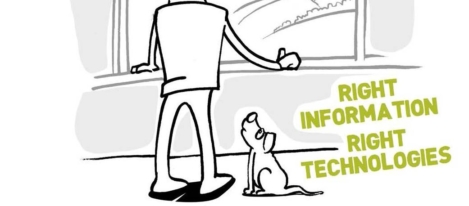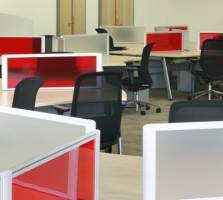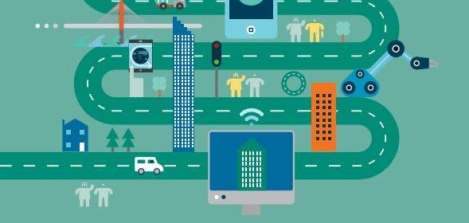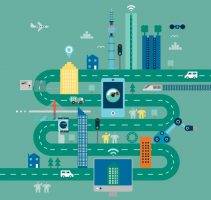July 27, 2016
Bridging the UK’s persistent productivity and digital skills gap 0
 Two of the most persistent and related structural problems facing the UK economy are the productivity and digital skills gaps. Earlier this month, the Office for National Statistics reported that there had been a further 1.2 percent fall in productivity. Part of the reason for this is that there is an underlying digital skills gap. According to a report from Barclays, nearly a third (31 percent) of working-age adults in the UK lack even basic digital problem-solving skills which places the country comfortably below the 37 percent average across OECD countries. Despite this, a mere 38 percent of UK employers offer their workers digital skills training, perhaps because on the other side of the coin, the UK ranks highly in what the report calls ‘digital empowerment’, which it defines as ‘the ability and desire to use one’s digital skills to work productively and creatively, and to have the opportunity to continually upgrade them to keep pace with changing technology’.
Two of the most persistent and related structural problems facing the UK economy are the productivity and digital skills gaps. Earlier this month, the Office for National Statistics reported that there had been a further 1.2 percent fall in productivity. Part of the reason for this is that there is an underlying digital skills gap. According to a report from Barclays, nearly a third (31 percent) of working-age adults in the UK lack even basic digital problem-solving skills which places the country comfortably below the 37 percent average across OECD countries. Despite this, a mere 38 percent of UK employers offer their workers digital skills training, perhaps because on the other side of the coin, the UK ranks highly in what the report calls ‘digital empowerment’, which it defines as ‘the ability and desire to use one’s digital skills to work productively and creatively, and to have the opportunity to continually upgrade them to keep pace with changing technology’.











 Over the past few years, there has been talk that we are approaching the end of the era of Moore’s Law. The law originated when the technologist Gordon Moore, who later founded Intel, wrote
Over the past few years, there has been talk that we are approaching the end of the era of Moore’s Law. The law originated when the technologist Gordon Moore, who later founded Intel, wrote 
 Global law firm Osborne Clarke has released its fourth
Global law firm Osborne Clarke has released its fourth 

 According to
According to 
















July 28, 2016
Working in an office is NOT as bad as smoking, whatever you might read 0
by Mark Eltringham • Comment, Knowledge, Wellbeing, Workplace, Workplace design
(more…)